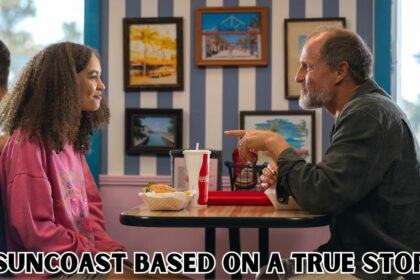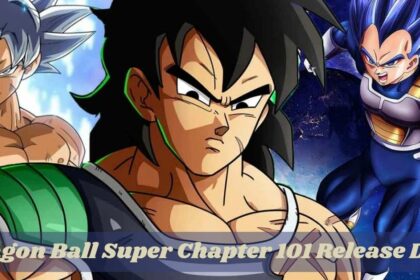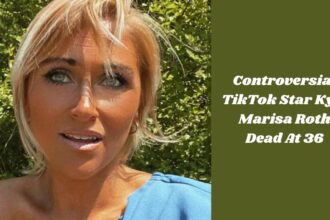Local Middle Schoolers In Eastlake Prepare for 12-Hour Charity Dance
Get ready to be inspired as we journey into the heartwarming world of local middle schoolers in Eastlake, gearing up…
California Housing Finance Agency Accepting Applications For Dream For All Vouchers!
Get ready for an exciting opportunity as the California Housing Finance Agency opens its doors to accept applications for Dream…
Florida News
Entertainment
Celebrity
Controversial TikTok Star Kyle Marisa Roth Dead At 36!
In the world of social media, Kyle Marisa Roth was a big deal on TikTok. She had millions of fans…
Editor's Pick
Baltimore Bridge Disaster Highlights Infrastructure Challenges!
Get ready for a sobering revelation as we delve into the aftermath of the Baltimore Bridge disaster, shedding light on…
Controversial TikTok Star Kyle Marisa Roth Dead At 36!
In the world of social media, Kyle Marisa Roth was a big…
DeSantis To Sign New Florida Education Bill Amidst Controversy Over Book Complaint Changes!
Get ready for a shake-up in Florida's education system as Governor DeSantis…
Latest News
Latest News
Local Middle Schoolers In Eastlake Prepare for 12-Hour Charity Dance
Get ready to be inspired as we journey into the heartwarming world…
California Housing Finance Agency Accepting Applications For Dream For All Vouchers!
Get ready for an exciting opportunity as the California Housing Finance Agency…
Baltimore Bridge Disaster Highlights Infrastructure Challenges!
Get ready for a sobering revelation as we delve into the aftermath…
Controversial TikTok Star Kyle Marisa Roth Dead At 36!
In the world of social media, Kyle Marisa Roth was a big…
DeSantis To Sign New Florida Education Bill Amidst Controversy Over Book Complaint Changes!
Get ready for a shake-up in Florida's education system as Governor DeSantis…
Renowned Filmmaker And Documentarian, Eleanor Coppola Dies At 87!
In a bittersweet turn of events, the world bids farewell to Eleanor…
1500 Runners Will Race At Florida’s Longest Bridge On Saturday!
Get ready for an adrenaline-pumping spectacle as 1500 runners gear up to…
Lakeport Man Arrested For Fatal Drive-By Shooting!
In the quiet town of Lakeport, something really shocking happened. A man…
Waukegan Resident Charged With Burglary And Vandalism!
In the bustling streets of North Chicago, a troubling incident has unfolded,…
Lake County Airport To Receive Federal Funding Of $448k!
Nestled in Lake County, there's big news for the airport! It's getting…
Producer Of Biggie Smalls And Legendary DJ Mister Cee Dies At 57!
In the realm of music, a profound loss resonates as we bid…
Donald Trump Raised Over $50 Million At Florida Event!
In a whirlwind of political fervor and fundraising finesse, Donald Trump made…
Nobelist Who Found God Particle, Peter Diggs Dies At The Age Of 94!
In the world of science, there was a brilliant mind named Peter…
Gov. DeSantis Signs A New Retail Theft Law And Porch Piracy!!
In Florida, where palm trees sway and the sun shines bright, Governor…
Bruce Kessler Died After A Brief Illness At 88!!
In a somber moment for motorsport enthusiasts, Bruce Kessler, a legendary figure…



























